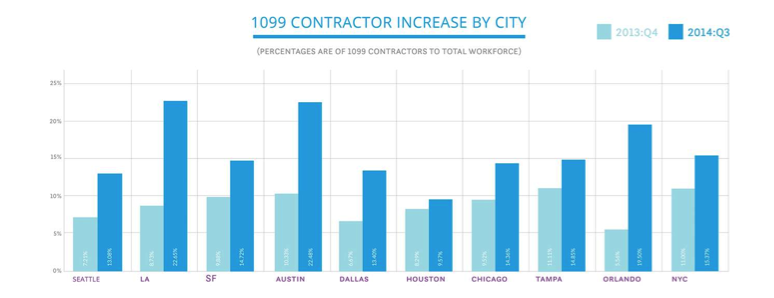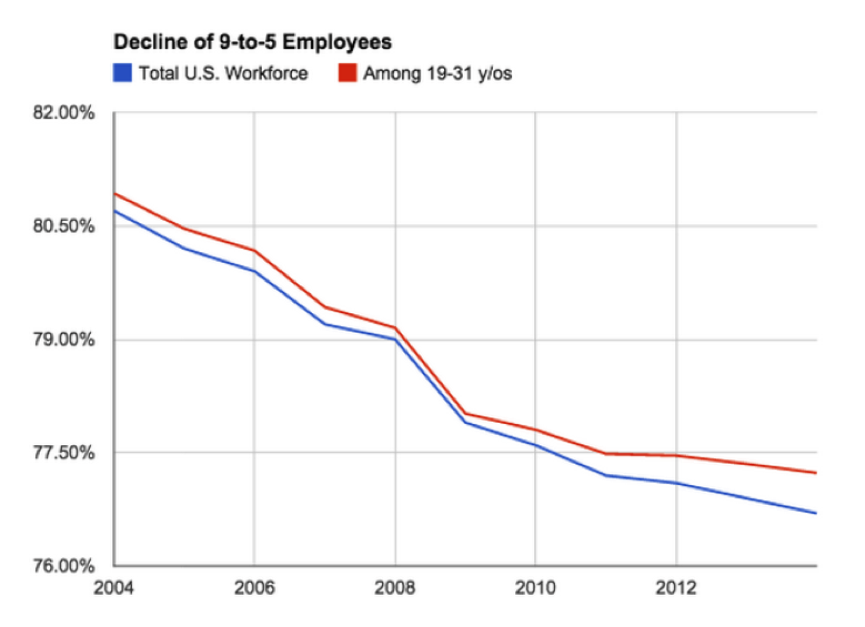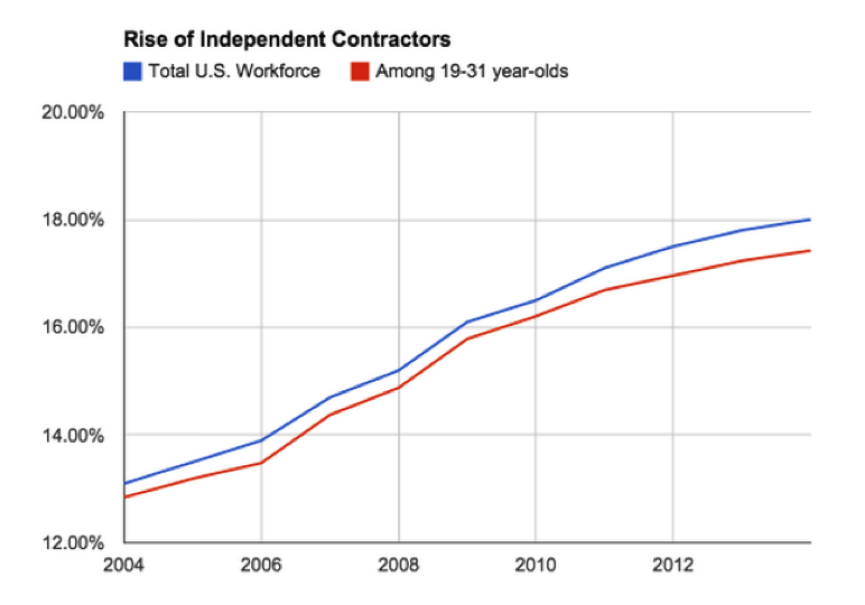By Justin Spittler
Mining companies are having another horrible week. As Dispatch readers know, commodities are in a deep bear market. Over the past year, the Bloomberg Commodity Index, which tracks 22 different commodities, has fallen to its lowest level since May 1999. Many individual commodities have lost 30% or more in the last year. Since December 2014, coffee has dropped 30%, palladium has dropped 34%, and platinum has dropped 31%. Crashing commodity prices have forced many mining companies to drastically cut spending.Yesterday, mining giant Freeport-McMoRan (FCX) suspended its dividend. Freeport is the seventh largest mining company and the second largest copper miner in the world. The suspension of Freeport’s dividend is a major event. Until recently, Freeport was one of the industry’s most generous dividend payers. It paid $4.7 billion in dividends between 2012 and 2014. Its stock yielded about 3.8% in 2014.
Click here to get a free trend analysis for Freeport-McMoran
Management hopes to save $240 million a year by not paying a dividend. Freeport will also reduce its copper production by 29%, and cut capital spending by $1 billion over the next two years.
Freeport’s stock jumped 3.7% yesterday. It’s still down 71% this year.
The price of copper, Freeport’s main source of revenue, has plunged.…
Copper has dropped 27% this year to a six year low. Crashing energy prices have also slammed Freeport. In 2013, Freeport loaded up on debt to acquire two oil and gas companies. Its timing was awful. At the time, the North American energy industry was booming. But since last June, the energy sector has entered one of its worst bear markets on record. The price of oil has plunged 66% to its lowest level since 2009. The price of natural gas has dropped 55%. Freeport’s sales have now declined five quarters in a row. The company lost $3.8 billion last quarter, after making a $552 million profit a year ago.
Investors hate dividend cuts.…
A dividend cut often signals that a company is in big trouble. Typically, a company will only cut its dividend when it runs out of other options. Companies will often shelve new projects, lay off workers, and slash executive compensation before touching their dividends.
Freeport is only one of several major commodity giants to cut its dividend this year...
Anglo American (AAL.L), the world’s fifth largest mining company, suspended its dividend on Tuesday. The company will not pay a dividend again until at least 2017.
Kinder Morgan (KMI), North America’s largest energy pipeline company, also cut its dividend on Tuesday. The company’s fourth quarter dividend will be 75% less than it planned.
The list goes on….Vale (VALE), the world’s largest miner.…Glencore (GLEN.L), the world’s third largest miner….and....
Peabody Energy (BTU), the world’s largest publicly traded coal company, all cut their dividends this year.
Widespread dividend cuts suggest that major miners are in “survival mode.” To us, this is a key sign that commodities may be near a bottom. While prices of certain commodities could easily go lower or stay low, commodities as a group may be in a bottoming process.
Oil dropped to a new six year low yesterday.…
As we mentioned, the price of oil has now dropped 66% since June 2014. This is oil’s second-worst drop since 1985. The only bigger drop happened during the financial crisis when oil plummeted 77%.
Low oil prices are crushing the “supermajors,” four of the world’s biggest oil companies. Third quarter sales for BP (BP) fell 41%, year over year. Sales for Exxon Mobil (XOM) and Chevron (CVX) both fell 37%. And sales for Royal Dutch Shell (RDS.A) fell 36%.
All four companies have announced drastic spending cuts to cope with falling revenues. BP cut spending on capital projects by about $6 billion this year. Exxon cut spending on capital projects by 22% in the third quarter. Chevron announced 7,000 layoffs after reporting poor third quarter results. And Shell abandoned a $7 billion oil project in the Arctic. Together, these companies have cut spending by more than $30 billion in just the last few months.
Even with huge spending cuts, the supermajors are still bleeding cash….
In October, The Wall Street Journal reported:
Spending on new projects, share buybacks and dividends at four of the biggest oil companies known as the supermajors – Royal Dutch Shell PLC, BP PLC, Exxon Mobil Corp. and Chevron Corp. – outstripped cash flow by more than a combined $20 billion in the first half of 2015, according to a Wall Street Journal analysis.
For years, supermajor dividends have been one of the safest income streams on the planet. Shell hasn’t cut its dividend since the end of World War II. Exxon has increased or maintained its dividend for 33 consecutive quarters. Chevron has done the same for 27 consecutive quarters. Many investors consider these dividends untouchable. They’re often a foundational part of their holdings, like grandma’s ring or the family farm. However, if oil keeps plummeting, these companies might have to cut their dividends.
Dividend yields for the supermajors are soaring.…
Since January, Shell’s dividend yield has jumped from 5.1% to 8.1%. It’s nearing a historic high. BP’s dividend yield has jumped from 6.5% to 8.4% over the same period. Exxon’s has jumped from 3.0% to 3.9%. And Chevron’s has jumped from 3.8% to 5.0%. These yields are not going up because the companies are increasing payouts. They’re going up because these companies’ stock prices are falling.
The world’s biggest oil companies were not prepared for oil to drop below $40.…
Financial Times reported on Tuesday: Just weeks ago, BP and France’s Total each pledged to balance their books at $60 a barrel oil, saying they aimed to cover their dividends from “organic” cash flow by 2017.
Total (TOT) is another giant oil company that’s struggling. Total’s quarterly sales have dropped four quarters in a row. If oil continues to trade below $40, these companies might have no choice but to cut their dividends. In fact, their dividends might be at risk even if oil does rebound soon.
Even at $60, the three biggest European majors will need to take further cost cutting action to cover investor payouts…Total’s $6.8bn dividend would exceed its projected organic free cash flow by $800m two years from now. For BP, the cash shortfall is put at $500m. If these giant oil companies do cut their dividends, it could trigger huge selloffs. Many investors hold these companies specifically for their reliable dividends.
The article If You Own These Stocks, Your Dividend Is in Danger was originally published at caseyresearch.com.
Chart of the Day
The bear market in oil may be far from over. Today’s chart compares the Bloomberg Commodity Index, or BCOM, to the price of oil. As we mentioned earlier, BCOM tracks 22 different commodities. Commodities and oil both peaked in 2011. BCOM entered a bear market almost immediately after. Oil, however, didn’t have a big drop until mid-2014.In other words, commodities have been in a bear market for four years…but oil has been in a bear market for less than two years. That’s one reason why major commodity companies have cut dividends but the oil supermajors haven’t…yet. Until major oil companies begin to cut dividends, we wouldn’t bet on a bottom in oil.

Get out latest FREE eBooK "Understanding Options"....Just Click Here







